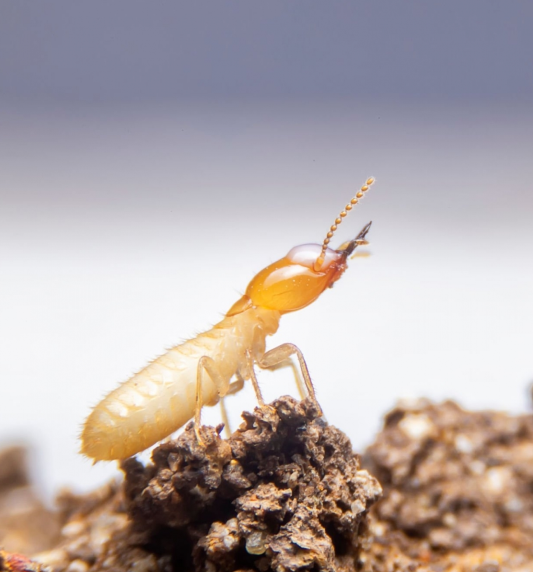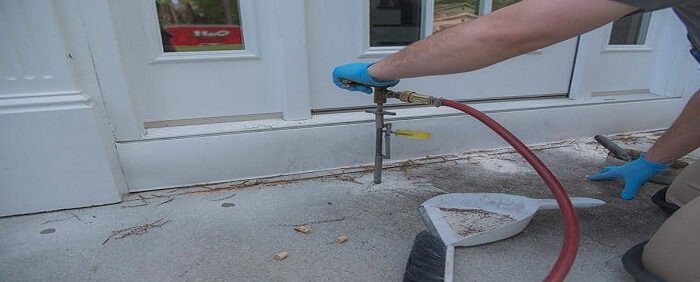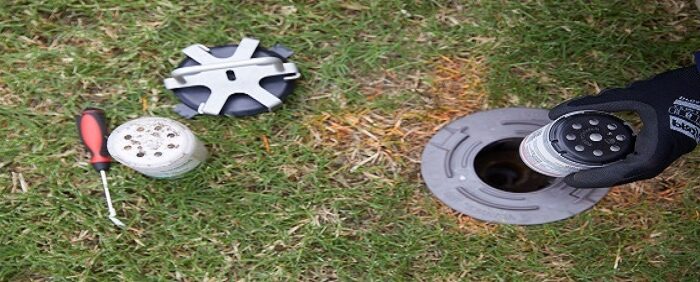Even though both subterranean and drywood termites are both termites, they behave in a few different manners which makes treatment options different for each. Once a drywood termite has infested a piece of wood, they do not need anything else to survive, which can make identification of the infested locations difficult. The drywood termite gets their food and water from the wood they are infesting. One of the easiest ways to identify a dry wood termite infestation is the "coffee ground" like frass that is left behind from their consumption of wood. A subterranean termite on the other hand needs a water source for it to be able to build its mud tubes to infest wood. Typically, these termites enter the home from beneath the structure from the soil and use a nearby water source to build their habitat in the wood structure. On average in Palm Beach County the dry wood termite is the more common termite, but the invasive subterranean termite species the Formosan termite has been growing in numbers since first being discovered in the area.







